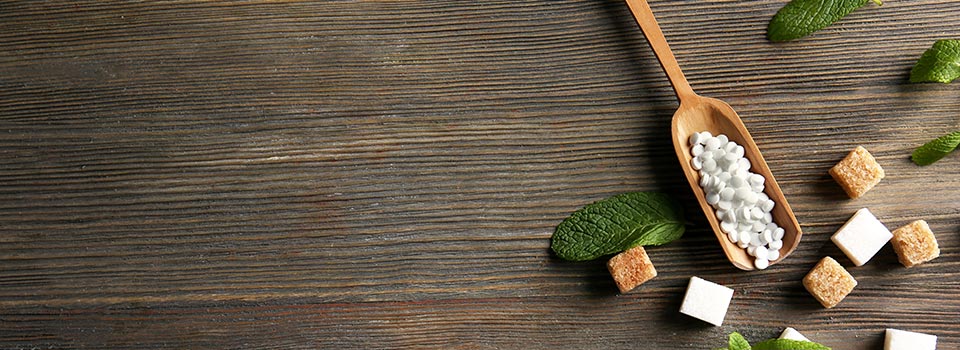According to the WHO, currently 422 million people in the world have diabetes. What’s more staggering is that the WHO projects that number is likely to double in the next 20 years. In 2012, official numbers from a WHO report suggested that 1.5 million deaths were directly related to diabetes.
Diabetes: The Basics
Diabetes is a disease that impairs the body’s ability to metabolize carbohydrates (or carbs). Those who are currently living with this diagnosis can manage their condition with medication, diet and exercise. The diet for someone with diabetes involves focusing on managing carbs; choosing healthy, nutritious carbs in appropriate amounts.
Carbohydrates 101
Carbs are starches, sugar, and fiber found in many of the foods we eat. You will commonly find carbs in food like grains (pasta, rice, and bread), beans, legumes, starchy vegetables, dairy and sweetened foods. When you are managing diabetes your doctor or dietitian will usually recommend you limit your carbohydrates to a certain amount based on your calorie needs. To best manage your blood sugar you will want to fill those slots with the most nutritious carbs available. Here are some healthy options:
Whole Grains
Grains are the starchy foods you may have in your diet like rice, pasta, bread, cereals and crackers. To get the most nutrients out of your grains always go with the whole grain variety. Whole grains are an excellent source of fiber, phytoestrogen and minerals. The benefits of choosing a high fiber food is that fiber slows the breakdown of starch into glucose to create a steady blood sugar level (whereas with processed starches you may experience more spikes in blood sugar). To make sure that you are getting whole grains, read the ingredient list and make sure the word “whole” prefaces the word grain.
Beans, Legumes and Starchy Vegetables
Beans and legumes are rich in fiber, minerals, vitamins and protein. Starchy vegetables like corn, potatoes, sweet potatoes, peas and pumpkin are similarly a good source of vitamins, minerals and fiber.
Fruit
Fruit is an important part of a healthy diet. Eating a variety of fruit can provide you with numerous vitamins, minerals, phytochemicals, antioxidants and fiber.
Dairy
Dairy products like milk, cheese, cottage cheese and yogurt are a good source of vitamin D, calcium and protein. Make sure you opt for low-fat dairy products to keep calories low.
Where Does Stevia Fit into Diabetes Management?
Sugar is probably the trickiest carbohydrate for those trying to manage their blood sugar. Sugar is found naturally in many healthy foods, but added sugars can add up quickly and have an impact on blood sugar levels. People with diabetes have limited space in their diets for carbohydrates as it is; and when they opt for carbs, they should be filled with good nutritional value. But there are times where we need to indulge in a bit of sweetness. This is where stevia can fit into your diet and be a useful tool in controlling sugar levels. Leaving sweets out completely can make people with diabetes feel deprived; which can lead to making it harder to follow a moderate-carb lifestyle.
Stevia is a natural, no-calorie sweetener that has zero impact on blood glucose or insulin, making it safe and useful for diabetics. For example, you save some carbohydrates for a healthy breakfast by replacing sugar in your coffee with stevia drops. Or, you can use stevia while baking to cut sugar and carbs in a homemade dessert. Want more ideas for reduced sugar foods? Check out the recipe section to learn how to integrate stevia into your diet.
 Carolyn Reynaud, MS, RD, LD is a licensed registered dietitian and a paid contributor to SteviaBenefits.org. She received her BS in nutrition from Michigan State University and her Masters and Certificate in Public Health from Georgia State University. She has experience working in several avenues of health care including corporate wellness, clinical disease management, research, and health promotion. She has been working as a health coach specialist for close to 6 years, where she counsels patients on preventative healthcare and helps them meet their health goals. Follow her on Twitter @ReynaudCari.
Carolyn Reynaud, MS, RD, LD is a licensed registered dietitian and a paid contributor to SteviaBenefits.org. She received her BS in nutrition from Michigan State University and her Masters and Certificate in Public Health from Georgia State University. She has experience working in several avenues of health care including corporate wellness, clinical disease management, research, and health promotion. She has been working as a health coach specialist for close to 6 years, where she counsels patients on preventative healthcare and helps them meet their health goals. Follow her on Twitter @ReynaudCari.





